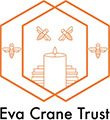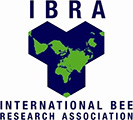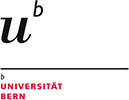We here describe the results of the investigation of a honeybee hive that exhibited symptoms of poisoning in the July 2013. During the summer, only a few pesticides such as desiccants, typically quaternary ammonium (quat) and glyphosate formulations, are applied. We therefore analysed samples of not only a wide range of pesticides, but also desiccants. Additionally, we analysed dying honeybees, already dead individuals and comb pollen from the case hive. The LC-MS/MS (triple quadrupole) analysis of glyphosate-based quaternary ammonium pesticides (quats) and a wide range of 148 other pesticides allowed identification of 23 different pesticides in the samples: (I) two quats, (II) twelve fungicides, (III) four insecticides, (IV) four herbicides and (V) one rodenticide. The plant growth regulator chlormequat was the pesticide identified in the highest amounts and was present in all of the analysed samples (bees and pollen). However, it is regarded as being practically non-toxic to honeybees. In summary, this manuscript describes the detection of quat in honeybees and pollen.
http://www.agriculturejournals.cz/web/vetmed.htm?type=article&id=52_2017-VETMED






